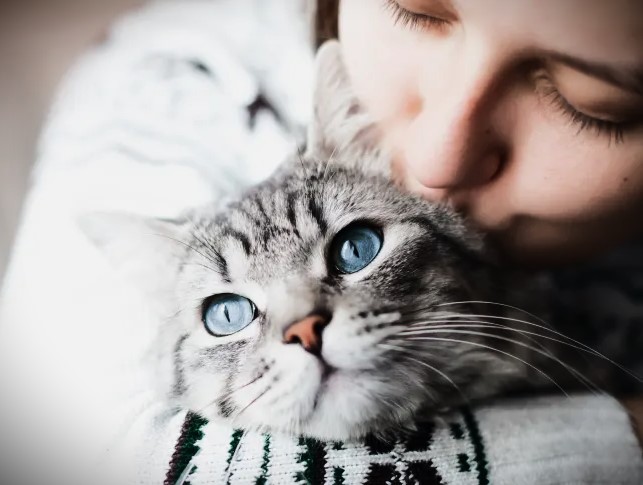There is mounting proof that pets—dogs in particular—are beneficial to kids. A child attempting to persuade their parents to have a pet will undoubtedly benefit from this proof, but a good attachment does not usually develop right away. In addition to optimizing some other advantages of a child owning a pet, there are things parents can do to support the development of a positive bond between the child and the animal.
Advantages of Pet Ownership for Kids
A C.S. Mott Children’s Hospital survey indicates that roughly two thirds of all families own pets: Dogs make up 76% of the population, followed by cats (41%), fish, birds, and reptiles (24%), and small mammals like guinea pigs and rabbits (9%). According to 63% of parents surveyed, they got a pet to give their kids company and fun, and 57% said it would help teach their kids responsibility.
Pets provide children with many advantages beyond simply companionship, such as: Responsibility. Better physical, mental, and emotional health; Relationship satisfaction; Friendship; Respect; Loyalty; Love, empathy, and compassion.
How to Bring a Pet Home with a Youngster
Make sure you are always observing how a pet and child interact whenever you introduce them. Never leave a youngster unattended with a pet until you are certain they will both be secure. This is particularly valid for very young kids. Even unintentionally, many pets can bite or scratch children, and if an adult is not watching over them, kids may be too rough or scared and injure a pet.
Let your child come to them or hold the pet so they can pet and converse with it while they sit quietly in a chair or on the couch. To give the pet a chance to positively reinforce the experience, have your child give food or a treat, either tossed on the floor or gently from the hand. Keep an eye on your child and pet to see how they respond. If the pet or child behaves in an excessively hostile or rough manner, resolve those interactions as needed.
How to Teach Kids About Pet Responsibility
Encouraging a child to take good care of their pet is one of the best ways to model responsible behavior for them. Teaching your child to take good care of their pet can be aided by positive reinforcement, small prizes, and even money rewards for children who are of an appropriate age. To help your child stay motivated and to remind them of their responsibilities, you can put daily or weekly pet “chores” on a chart that they can easily see and mark off when a task is finished. In order to prevent harm to your pet, as an adult, you should always make sure the task assigned is finished, and if it isn’t, finish it yourself.
Both the child and the pet may benefit greatly from your child helping to train the animal. Encouraging your child to learn positive reinforcement techniques and work with the pet is well worth the effort because it will allow them to try something new, build confidence when they succeed, and experience the joy of a lasting bond with an animal. Dogs are obviously the easiest to train, but other animals like cats, fish, rabbits, and other creatures can also be trained. To strengthen the bond between you and your children, look up information on how to train your particular pet.
How to Encourage Children and Pets to Have a Positive Bond
Children are more likely to form a strong bond with a pet if they feel safe and enjoy spending time with them. Establish some rules and safeguards, though, to make sure your pet feels the same way.
Establish a Haven for Your Pet
Make sure your pet has a safe haven where they can retreat to when a child is bothering them, and instill in your kids an appreciation for these areas. Depending on your house and the kind of pet you have, this could be a dog crate, cat tree, rabbit house, or another kind of haven.
Establish Guidelines for Visiting Pets and Kids
Establish ground rules for your child’s interactions with your pet and teach them to read body language and warning signs. It is the responsibility of parents to explain to their children the meaning of growls and hisses before they occur.
Instruct Your Youngster in Pet Communication
Before bringing a pet home, it’s crucial to talk to them about their routine behavior, noises, and body language, among other forms of communication. For information on typical behavior, speaking with a veterinarian who treats those kinds of animals exclusively is a great resource. Long before a pet is brought into the house, the whole family should know the ground rules. This improves everyone’s chances of success and fosters a long-lasting strong relationship.




